Описание
The Pipeline Pigging Process
The pipeline cleaning pig is usually a little bigger than the ID of the pipe to ensure the sealing. By using a pig trap, the pig is inserted to the pipe. At the end of the pipeline, a pig receiver is usually put there. The pig receiver will receive it when it travels through the pipeline length.
The accumulation of media in the processing pipe can cause the transmission speed to slow down or even clog. In addition, cracks or defects in pipelines can be catastrophic, leading to leaks that impede the bottom line and put workers and the environment at risk.
The pigs clean the production line by scraping the pipe surface and pushing the debris forward. As they move along the pipeline, they can perform a number of functions:
- Очистка трубопроводов
- Break The Clogs
- Internal Inspection
How Is The Pig Pigging Process Monitored?
The pig usually makes a sound when passing through the pipe, and if there is no sound, a TX transmitter can be installed in the pig. The pig can then be tracked on the ground using a получатель or an EMT detector. The EMT pig signaler is a reliable indicator that the pig has passed a certain point on the pipe.
How Does Pipeline Pigging Work?
The main purpose of a pipe pig is to ensure that the pipe is clean and free of obstruction. Pigs are usually cylindrical or spherical in shape to aid movement and efficient cleaning. As the pig moves through the pipe, it can remove and potentially detect any buildup within the pipe that often leads to reduced performance, increased energy costs, corrosion, and thus catastrophic pipe leaks and cracks.
Pigging Products
Трубопроводные скребки
Пенопластовые свиньи
Шарики для скребков
Цельнолитые свиньи
Fluororubber Pigs

 English
English العربية
العربية Deutsch
Deutsch Bahasa Indonesia
Bahasa Indonesia Português
Português Русский
Русский Español
Español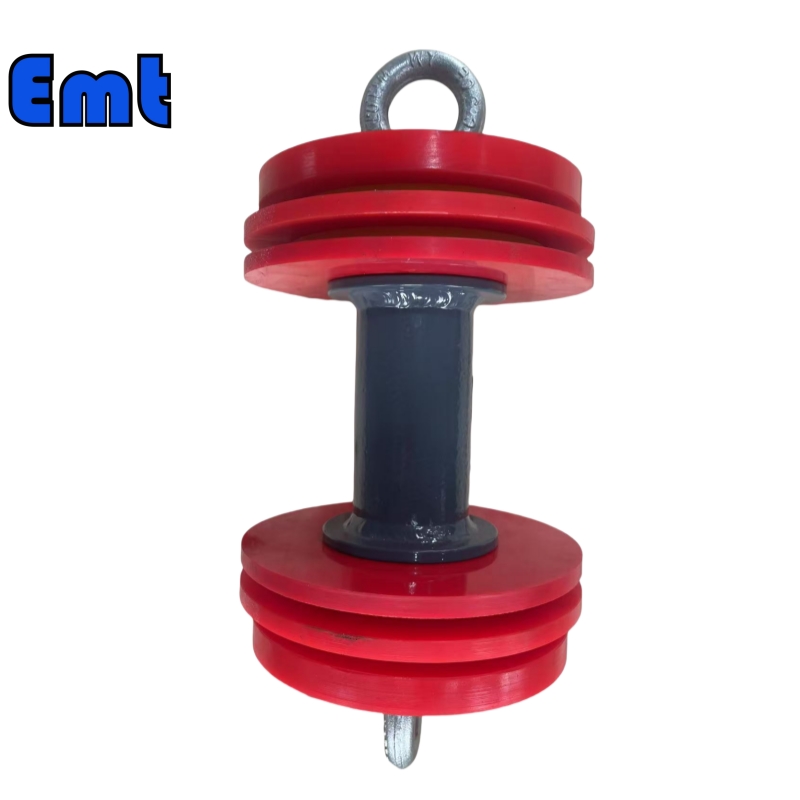
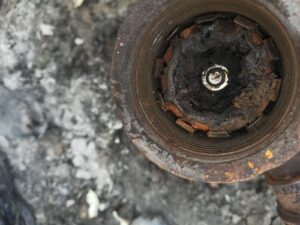
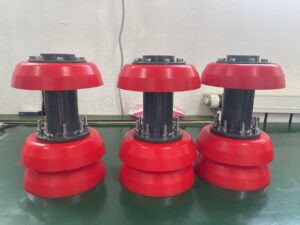

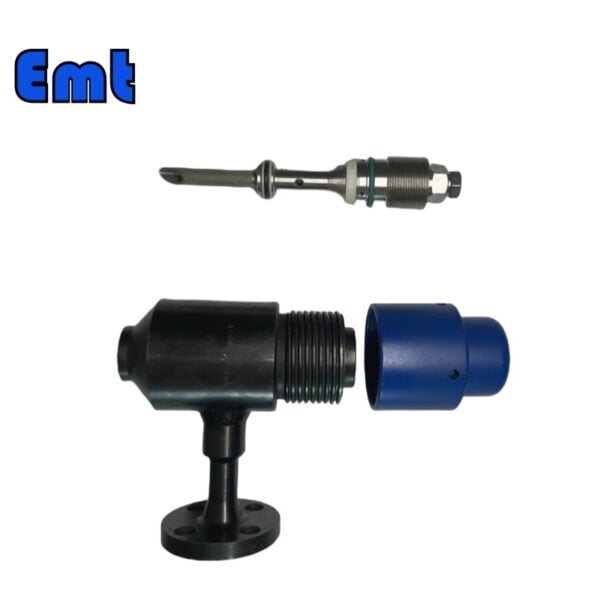

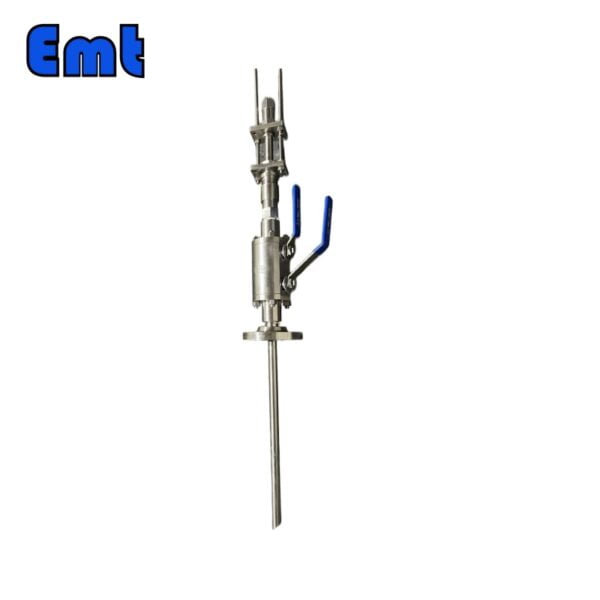

Отзывы
Пока нет отзывов.